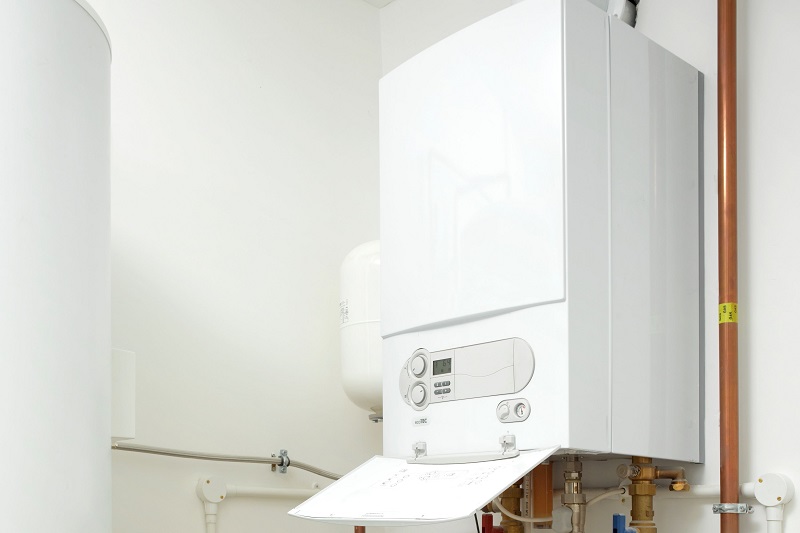Fixtures in buildings

|

|
According to HMRC, ‘… a fixture is an asset that is installed or otherwise fixed in or to a building or land so as to become part of that building or land in law’ (for example, a boiler).
This is as opposed to a chattel, which is, ‘…an asset, which is tangible and moveable’ (such as furniture). For example, a bath may be a fixture, but a fridge a chattel.
HMRC suggest that, ‘… a chattel may become a fixture if it is fixed to a building or land. For example, before it is installed in a building as part of a central heating system, a central heating radiator is a chattel. Once installed, it becomes a fixture.’
This can be particularly important in the sale of property or in leasehold agreements, where the distinction between fixtures and chattels can determine ownership.
There are two key tests for identifying whether something is a fixture or a chattel:
- The degree of physical affixation. This is not a conclusive test, but generally, the greater the degree of affixation (i.e. the damage that would be caused by removal), the more likely it is that an object is a fixture. The easier it is to remove, the more likely it is to be a chattel.
- More conclusively, if the object is intended to be permanent and effect a lasting improvement to the property, it is a fixture. However, if any attachment is intended to be temporary and no more than is necessary for the object to be used and enjoyed, then it is a chattel.
However, these tests are not always used as the basis for determining the right to remove an object. Leasehold agreements will generally distinguish between the landlord’s fixtures and tenants fixtures which they may remove at the end of the lease (as long as they make good any damage). Similarly, conveyancing reports for the sale of property may state that certain fixtures are not being sold as part of the land.
Disputes can arise in particular in relation to expensive items such as paintings that may to a greater or lesser extent be a part of the building in which they are housed. Where there is doubt, it may be advisable to seek legal advice, and ensure that the position is set out in writing before signing any agreement.
In addition, the distinction between fixtures and chattels is important when calculating stamp duty land tax. Fixtures form part of the taxable value of the purchase, whereas chattels do not. The inclusion of fixtures can move the saleable price for tax purposes to the next stamp duty threshold, resulting in a much larger tax liability for the purchaser than had been expected. (Ref. HMRC, SDLTM04010 - Scope: How much is chargeable: Fixtures and fittings.)
HMRC suggest that:
The following items are, however, confirmed as being assets that will normally be regarded as chattels:
- Carpets (fitted or otherwise).
- Curtains and blinds.
- Free standing furniture.
- Kitchen white goods.
- Electric and gas fires (provided that they can be removed by disconnection from the power supply without causing damage to the property).
- Light shades and fittings (unless recessed).
On the other hand, the following items will not normally be regarded as chattels:
- Fitted kitchen units, cupboards and sinks.
- Aga and wall-mounted ovens.
- Fitted bathroom sanitary ware.
- Central heating systems.
- Intruder alarm systems.
Externally, any plants, shrubs or trees growing in the soil which forms part of the land, are not to be regarded as chattels.
A deduction would, however, be appropriate for amounts properly apportioned to any plants growing in pots or containers.
[edit] Related articles on Designing Buildings
- Automated blinds.
- Bath.
- Chattel.
- Consumer electronics.
- Cupboards.
- Equipment.
- Fittings.
- Fixing and fastener.
- Furnishings.
- Furniture, fixtures and equipment.
- Room data sheet.
- Sanitaryware.
- Specification.
[edit] External references
Featured articles and news
The UK's Modern Industrial Strategy: A 10 year plan
Previous consultation criticism, current key elements and general support with some persisting reservations.
Building Safety Regulator reforms
New roles, new staff and a new fast track service pave the way for a single construction regulator.
Architectural Technologist CPDs and Communications
CIAT CPD… and how you can do it!
Cooling centres and cool spaces
Managing extreme heat in cities by directing the public to places for heat stress relief and water sources.
Winter gardens: A brief history and warm variations
Extending the season with glass in different forms and terms.
Restoring Great Yarmouth's Winter Gardens
Transforming one of the least sustainable constructions imaginable.
Construction Skills Mission Board launch sector drive
Newly formed government and industry collaboration set strategy for recruiting an additional 100,000 construction workers a year.
New Architects Code comes into effect in September 2025
ARB Architects Code of Conduct and Practice available with ongoing consultation regarding guidance.
Welsh Skills Body (Medr) launches ambitious plan
The new skills body brings together funding and regulation of tertiary education and research for the devolved nation.
Paul Gandy FCIOB announced as next CIOB President
Former Tilbury Douglas CEO takes helm.
UK Infrastructure: A 10 Year Strategy. In brief with reactions
With the National Infrastructure and Service Transformation Authority (NISTA).
Ebenezer Howard: inventor of the garden city. Book review.
The Grenfell Tower fire, eight years on
A time to pause and reflect as Dubai tower block fire reported just before anniversary.
Airtightness Topic Guide BSRIA TG 27/2025
Explaining the basics of airtightness, what it is, why it's important, when it's required and how it's carried out.
Construction contract awards hit lowest point of 2025
Plummeting for second consecutive month, intensifying concerns for housing and infrastructure goals.
Understanding Mental Health in the Built Environment 2025
Examining the state of mental health in construction, shedding light on levels of stress, anxiety and depression.





















